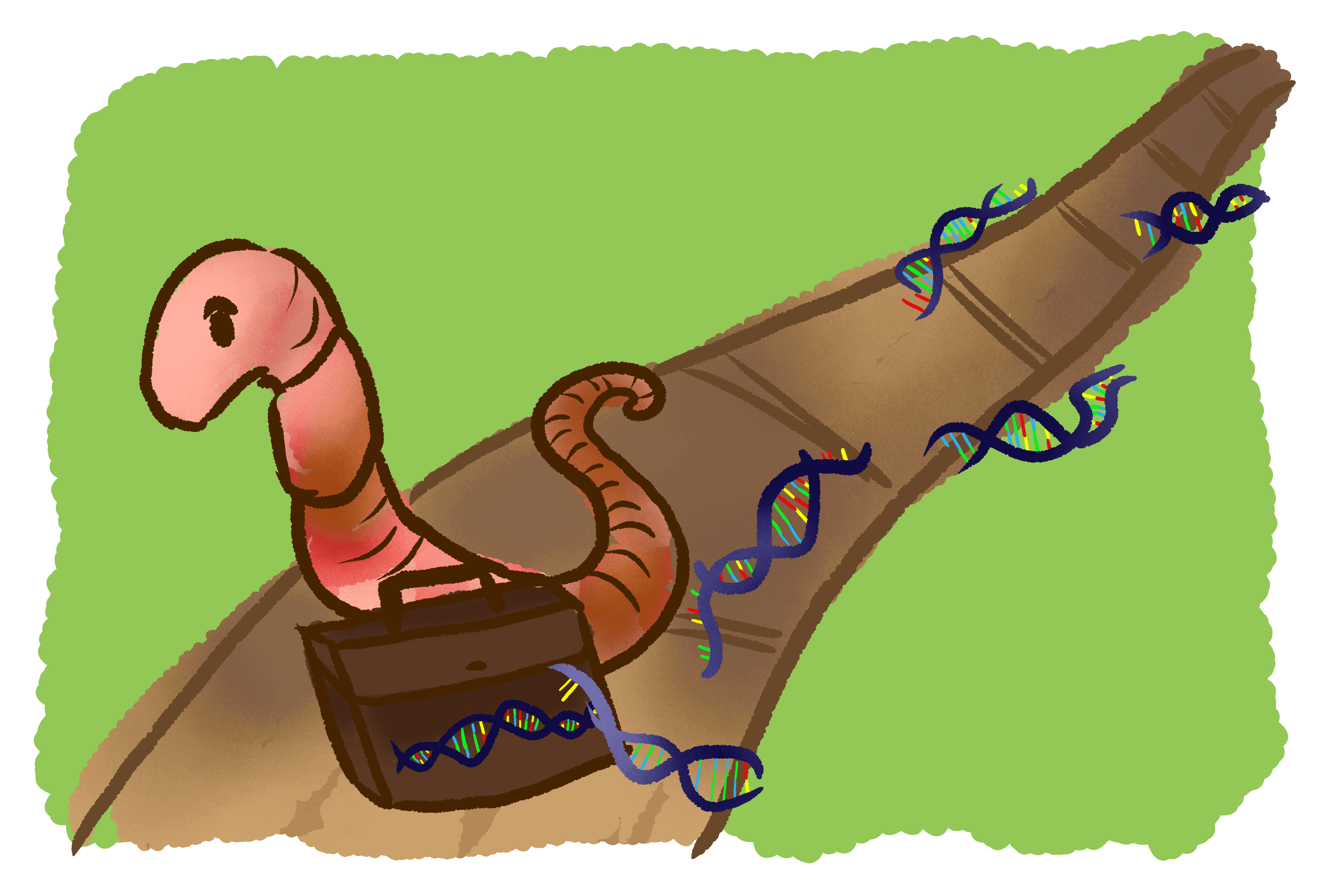Some species of hermaphroditic nematode roundworms, including Caenorhabditis briggsae, are capable of ‘selfing’ — reproducing without a mate.
A recent collaborative study led by researchers at the University of Maryland demonstrated that hermaphroditic C. briggsae roundworms have smaller genomes than worms that do not self-fertilize.
The researchers used genome-sequencing techniques to study C. briggsae and found that its genomic size was one quarter smaller than that of the closely related Caenorhabditis nigoni, a roundworm that does not self-fertilize.
The decrease in size is disadvantageous to non-selfing males because the missing genes were found to provide sperm with competitive benefits during mating.
All hermaphroditic C. briggsae worms lack male secreted short (mss) genes, which are active only in male roundworms that do not self-fertilize, such as males of the C. nigoni and Caenorhabditis remanei species.
Upon using gene-editing tool CRISPR to remove four mss genes from the sperm of male C. remanei, the researchers discovered that these roundworms could not compete effectively against the sperm of males with all genes present.
When they inserted these four mss genes into C. briggsae males, they found that the competitiveness of the sperm now exceeded that of the hermaphroditic C. briggsae roundworms and the C. briggsae males without inserted mss genes.
After analyzing both roundworm species, they found the genome of C. briggsae contained 7,000 fewer genes than that of C. nigoni.
To confirm this finding was due to the evolution of selfing in C. briggsae, the researchers also determined that the missing genes in C. briggsae were more active in C. nigoni males, which undergo selfing, than C. nigoni females, which do not.
“Our analysis showed that genes with functional activity biased toward males were more likely to be lost in species that have [hermaphrodites], but were retained in species with males,” said co-author Dr. Asher Cutter, a U of T Professor of Ecology and Evolutionary Biology.
According to Cutter, “males are vanishingly rare in natural populations of nematode roundworms that have evolved hermaphroditic self-fertilization. So… the evolution of hermaphrodites disproportionately involved the loss of genes that would be primarily functional in males.”
“This is consistent with the idea that functional copies of genes that promote male function exact a cost to hermaphrodites, and so natural selection likely favored their elimination from the genome,” said Cutter.
These findings demonstrate the varying evolutionary transitions that organisms undergo in their reproductive behaviours.
“In fact, the activity of genes that promote male reproduction in those species with hermaphrodites might even impose a cost,” said Cutter.
Future experiments will be designed to elucidate the roles of all 7,000 genes missing in C. briggsae, including determining how mss genes help sperm compete.


